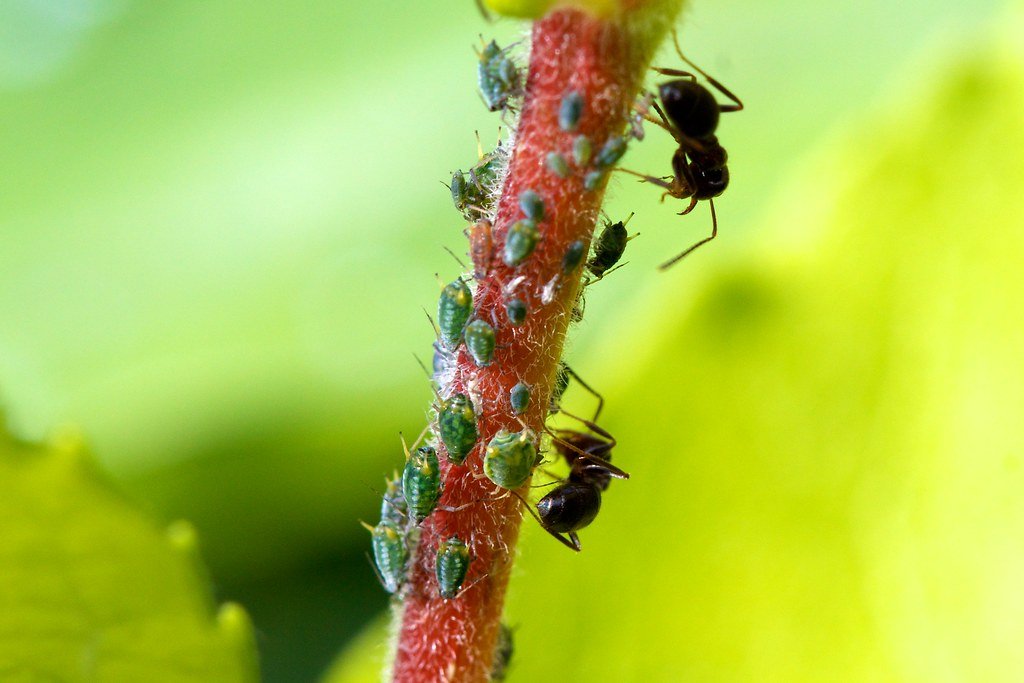Imagine a world beneath our feet where tiny creatures tend to their livestock, milk them for sweet rewards, and even wage battles to rustle cattle from rival ranchers. Sounds like a scene from a miniature Wild West, doesn’t it? Yet, this isn’t fiction—it’s the astonishing reality of ants that farm aphids like cows. These little farmers have mastered agriculture on a scale that rivals human ingenuity. Their story is filled with strategy, cooperation, and even theft, weaving a dramatic tale in miniature that’s as captivating as anything you’ll see on a grand savanna.
The Secret Life of Ants and Aphids
Beneath the grass and among the garden plants, ants and aphids live in a mutualistic relationship that has evolved over millions of years. Ants, with their relentless work ethic and organization, tend to aphids as if they were prized livestock. Aphids, in turn, provide the ants with a sugary liquid called honeydew, which the ants crave. It’s a partnership built on both necessity and opportunity, where each species relies on the other for survival. This relationship is so tight that some aphid species can barely survive without their ant guardians, and vice versa. Observing this tiny society is like peering into a world where cooperative farming comes naturally. The daily routines here are filled with surprising complexity, as ants patrol, protect, and even move their aphid herds to better pastures.
How Ants ‘Milk’ Their Aphids
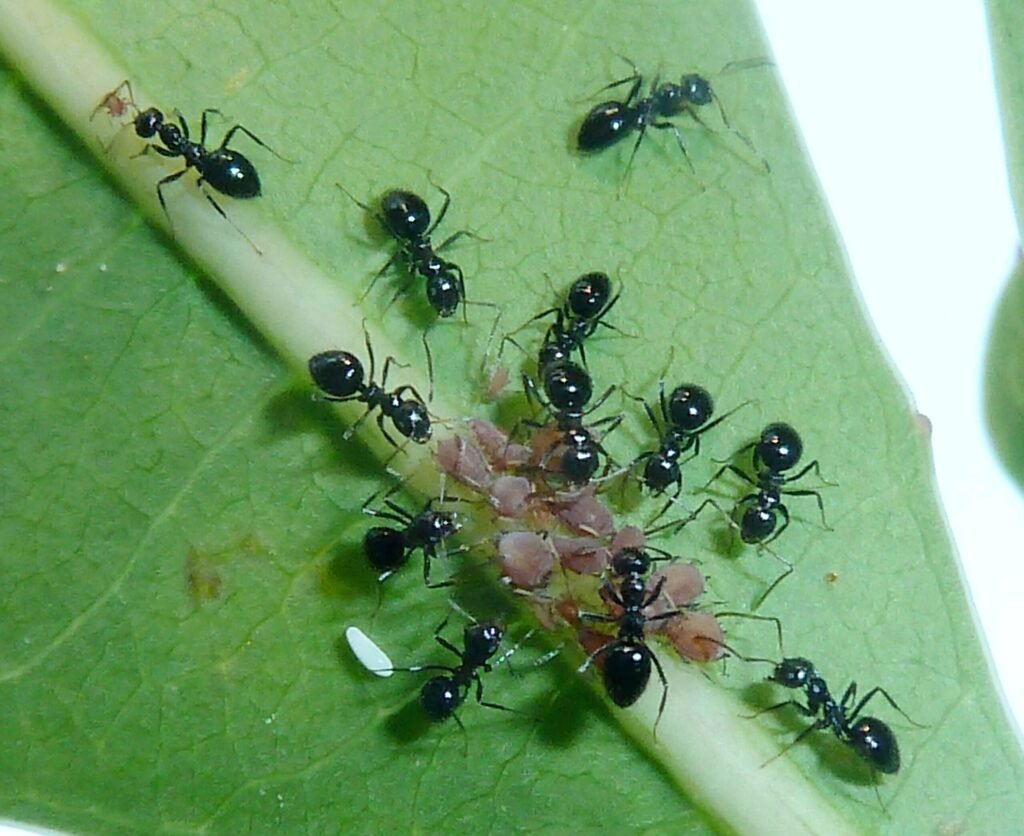
If you’ve never watched an ant milk an aphid, picture a farmer gently squeezing the udder of a cow. That’s essentially what ants do, only on a much smaller scale. Ants use their antennae to stroke the aphids, prompting the insects to excrete droplets of honeydew from their rear ends. This honeydew is rich in sugars and serves as a vital food source for the ants. The process is delicate and almost tender, as ants seem to coax the aphids with a gentle touch. Sometimes, a single ant will ‘milk’ dozens of aphids in a single patrol, collecting the droplets like a careful harvester. This ritual is not only fascinating to watch, but also illustrates just how sophisticated insect behavior can be. The ants’ patience and precision rival any dairy farmer’s dedication.
Aphid Herds: The Living Cattle of Insect Ranchers
Aphids, small and soft-bodied, cluster together on the undersides of leaves, forming living herds. Much like cattle on a ranch, these aphid groups are managed, protected, and sometimes even moved by their ant caretakers. Ants often choose the healthiest plants with the juiciest sap for their herds, ensuring their aphids are well-fed and productive. They may even carry aphids to new locations if a food source runs low, a bit like a rancher moving cattle to greener pastures. These herds are not just random gatherings—they’re carefully curated, with ants selecting the best aphids to tend. The aphids, in turn, benefit from the ants’ protection against predators and harsh weather. This living partnership is a remarkable example of symbiosis, where each partner gains something essential from the other.
The Sweet Trade: Why Ants Treasure Honeydew

To ants, honeydew is liquid gold. This sweet, sticky substance is packed with sugars that provide instant energy for busy ant colonies. Ants will travel great distances and take considerable risks to maintain a steady supply of honeydew from their aphid herds. In fact, some ant species rely on honeydew so much that their entire colony’s survival hinges on these tiny agricultural endeavors. The taste of honeydew is irresistible to ants, driving them to fiercely guard their aphid herds against threats. It’s not uncommon to see ant trails stretching from their nests straight to the aphids, like highways of commerce in the miniature world. This exchange of protection for sugar cements the bond between the two species and fuels the bustling activity of the ant colony.
The Ants’ Role as Shepherds and Bodyguards
Ants don’t just harvest honeydew—they serve as vigilant shepherds and bodyguards for their aphid livestock. They patrol the area around their herds, warding off predators like ladybugs, lacewing larvae, and parasitic wasps. When danger approaches, ants leap into action, using their powerful jaws and alarm pheromones to repel attackers. They may even remove injured aphids or eggs from the herd to maintain its health. This constant vigilance ensures that the aphid population stays robust, providing a steady supply of honeydew for the colony. The ants’ protective instincts are so strong that they sometimes build shelters out of leaves or soil to shield their aphids from rain and sun. It’s a level of animal husbandry that’s rare in the insect world—and a testament to the ingenuity of these tiny farmers.
Ant Agriculture: More Than Just Honeydew
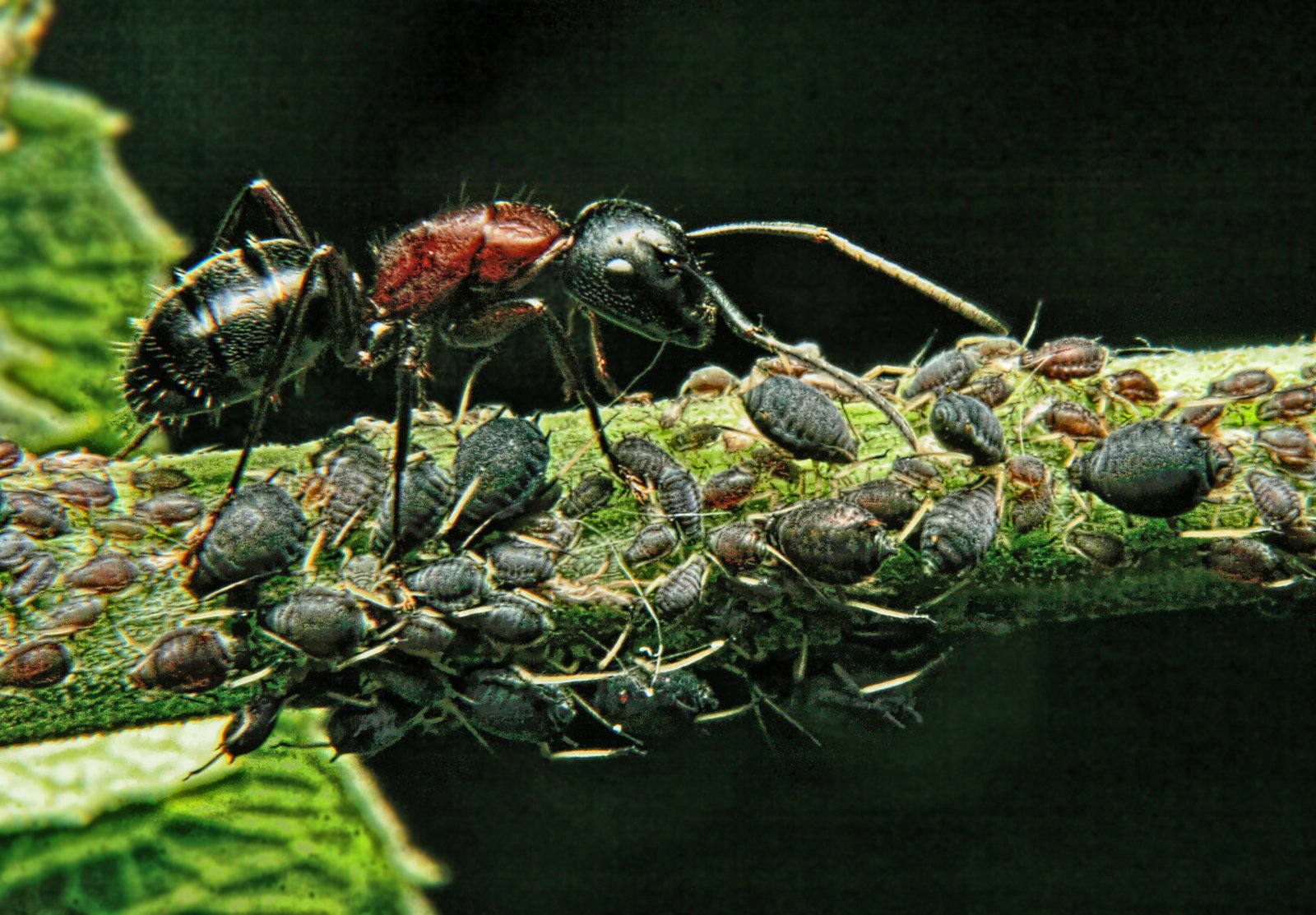
The relationship between ants and aphids is often described as farming, but it goes far beyond simple milk production. Some ant species actively manage their aphid herds, culling sick or unproductive individuals and sometimes even moving the entire herd to new sites. In some cases, ants have been observed to bite the wings off adult aphids to prevent them from flying away—an act that ensures their livestock stays put. These behaviors echo techniques used by human farmers—selective breeding, herd management, and even a bit of ruthless control. It’s a powerful example of convergent evolution, where two very different species develop similar strategies to solve life’s challenges.
Stealing Herds: The Insect Cattle Rustlers
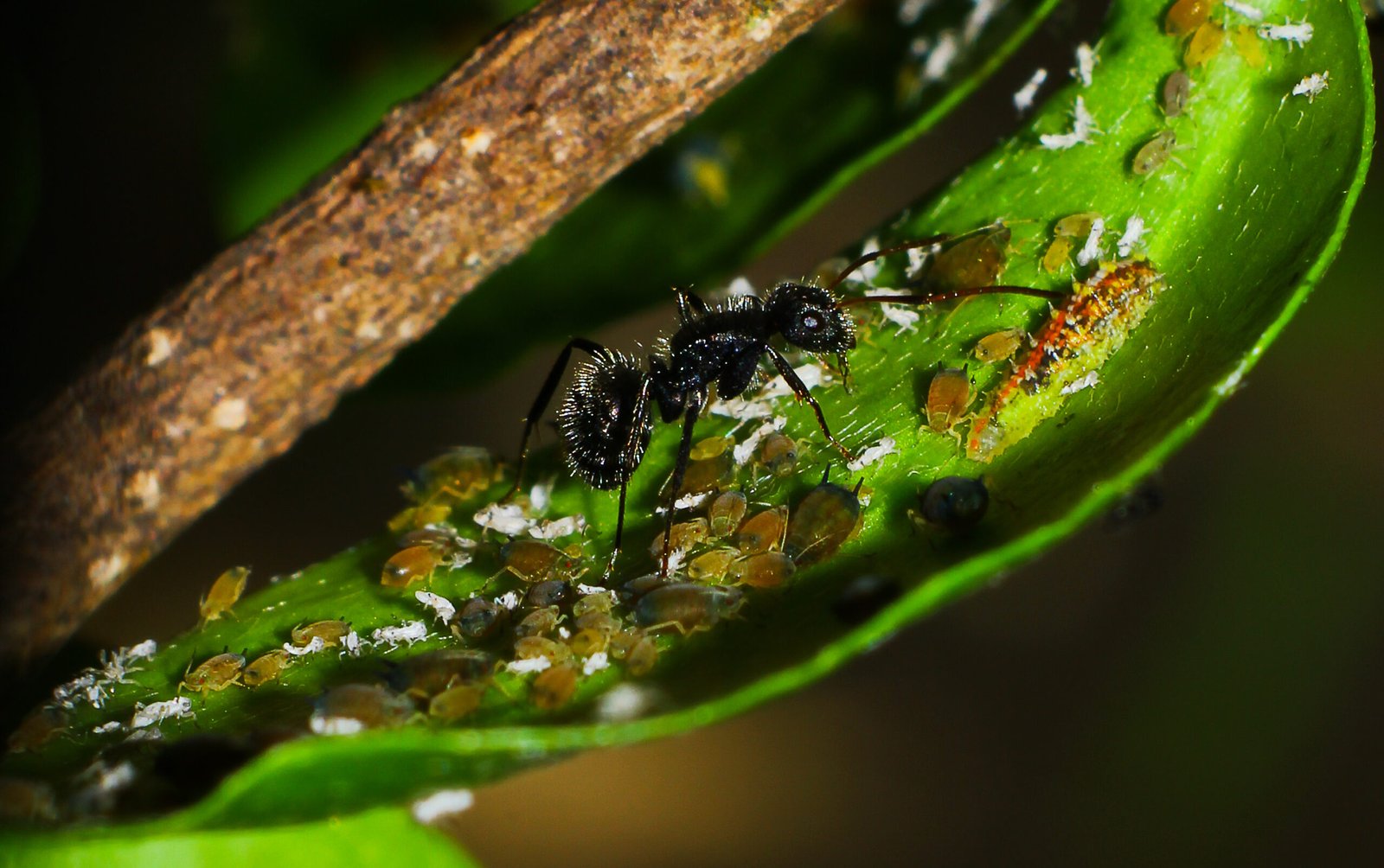
If you thought cattle rustling was a purely human affair, think again. Some ant species don’t just tend their own aphid herds—they steal them from rival colonies. Ants have been observed raiding neighboring aphid pastures, snatching the most productive aphids, and carrying them back to their own nests. These miniature heists can lead to fierce battles between ant colonies, with soldiers clashing over prized livestock. The victors walk away with a fatter herd and a sweeter supply of honeydew, while the losers are left to rebuild. This competitive dynamic adds a dramatic twist to the world of ant agriculture, showing just how high the stakes are in the natural world.
Ant-Aphid Communication: A Language of Touch and Scent
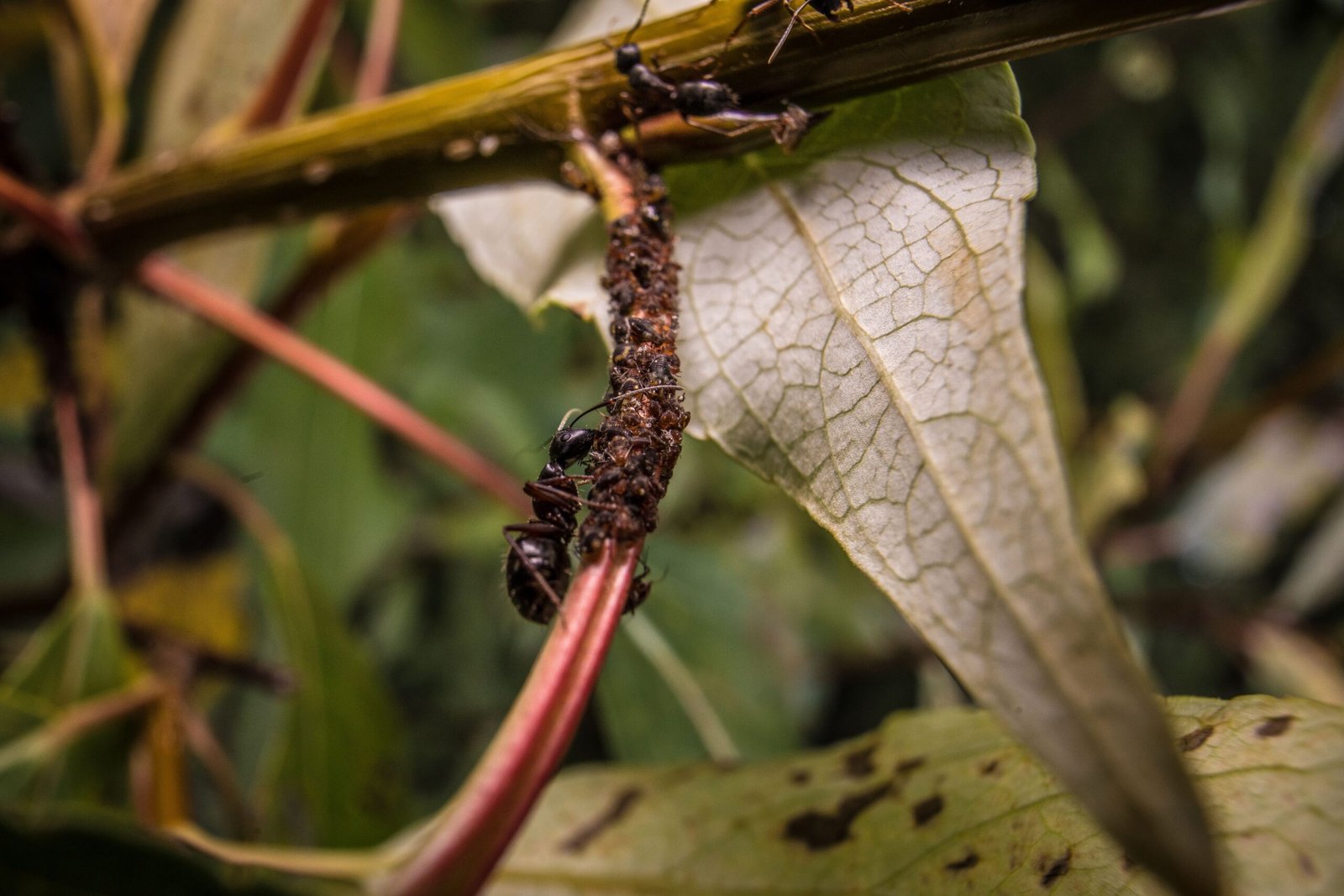
The partnership between ants and aphids relies on a subtle language of touch and scent. Ants use their antennae to communicate with aphids, signaling when it’s time to produce honeydew or move to a new location. Aphids, in turn, release chemicals that attract their ant protectors whenever predators are near. This chemical dialogue helps coordinate the activities of the herd and keeps both partners in sync. The ants’ sensitivity to these cues is remarkable, allowing them to respond quickly to changes in the environment. It’s a silent conversation that ensures the smooth running of their agricultural enterprise.
The Role of Chemical Defenses in Protecting the Herd
While ants are the primary defenders of their aphid herds, aphids themselves have developed chemical defenses to deter unwanted attention. Some species release alarm pheromones when attacked, which both warn nearby aphids and summon ant reinforcements. These chemicals can also confuse or repel predators, giving ants time to rush in and save their charges. The interplay between chemical defenses and physical protection creates a formidable shield around the herd. This cooperation demonstrates just how tightly woven the relationship between ants and aphids has become, with both parties contributing to their shared security.
Mutual Benefits: Why Aphids Need Ants
The relationship between ants and aphids isn’t just one-sided. Aphids gain significant advantages from their association with ants. The most obvious benefit is protection—ants fiercely guard their herds from predators and parasites. But there’s more: ants may clean aphids, removing mold or debris that could harm their health. Some studies suggest that aphids tended by ants grow larger and reproduce more than those left on their own. The constant attention and care from their ant partners create a safer, more stable environment for aphids to thrive. In this way, the partnership becomes a lifeline for both parties, each unable to reach their full potential without the other.
The Downside: When Ants Become Overbearing
Not everything in this partnership is rosy for the aphids. Sometimes, ants can become overbearing, treating their herds more like prisoners than partners. By biting off wings or confining aphids to limited areas, ants prevent their livestock from escaping or reproducing elsewhere. In extreme cases, aphids may become so dependent on their ant caretakers that they lose the ability to survive independently. This imbalance can create a kind of domestication, where aphids are shaped by the needs and desires of their ant overlords. While the mutual benefits remain, the relationship can take on a darker tone, blurring the lines between cooperation and exploitation.
Different Ant Species, Different Farming Styles
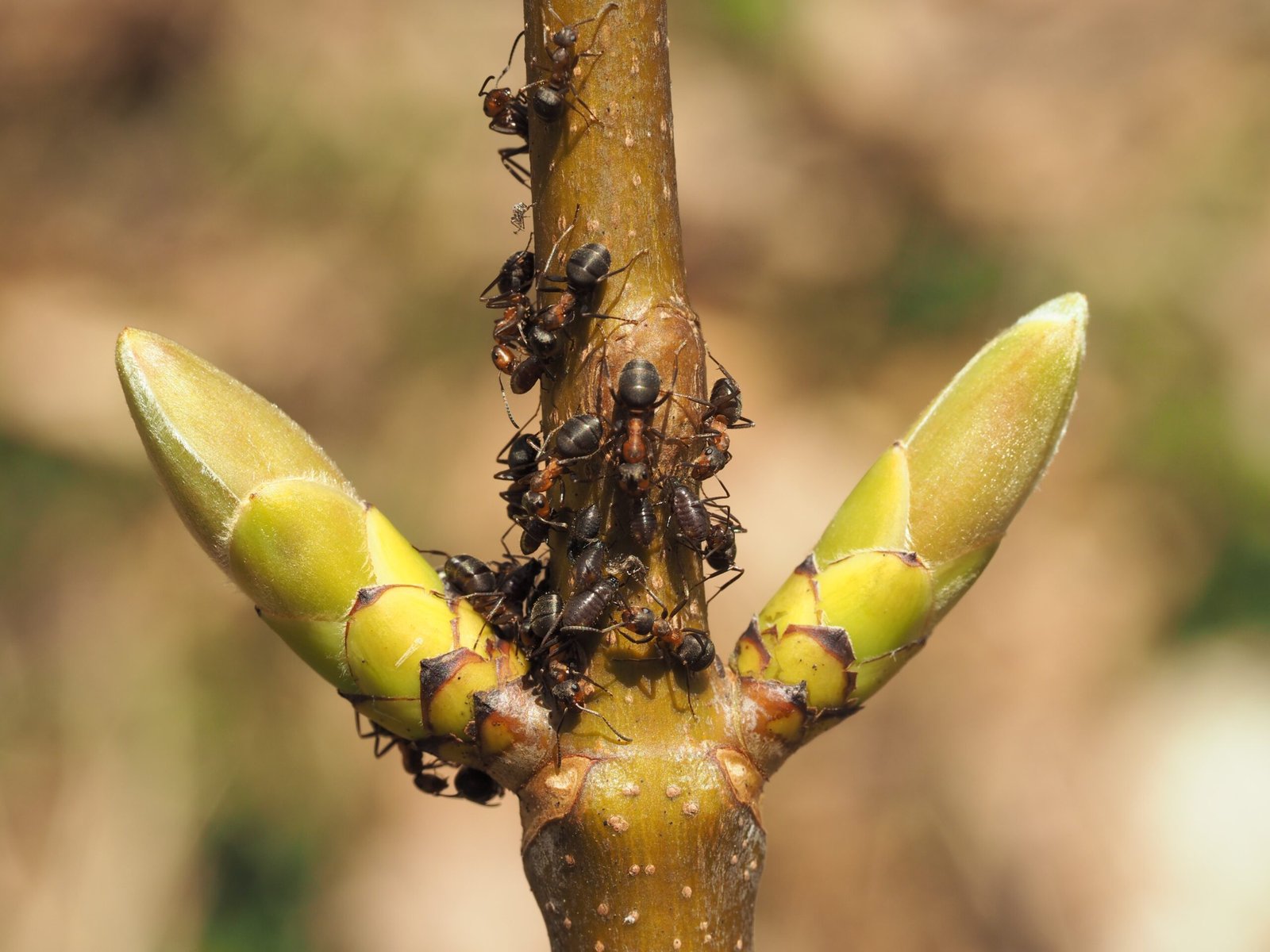
Not all ant species farm aphids in the same way. Some, like the black garden ant, keep large, open herds on plant stems, while others, such as yellow meadow ants, tend their aphids underground in carefully constructed chambers. Each species develops its own techniques for maximizing honeydew production and protecting its livestock. Some ants are gentle caretakers, while others are strict managers, enforcing discipline with precise patrols. The diversity of farming styles reflects the adaptability of ants and the wide variety of ecological niches they occupy. No matter the style, the end goal is the same: a thriving colony fed by the tireless efforts of ant farmers and their aphid cows.
Ants and Aphids Across the Globe
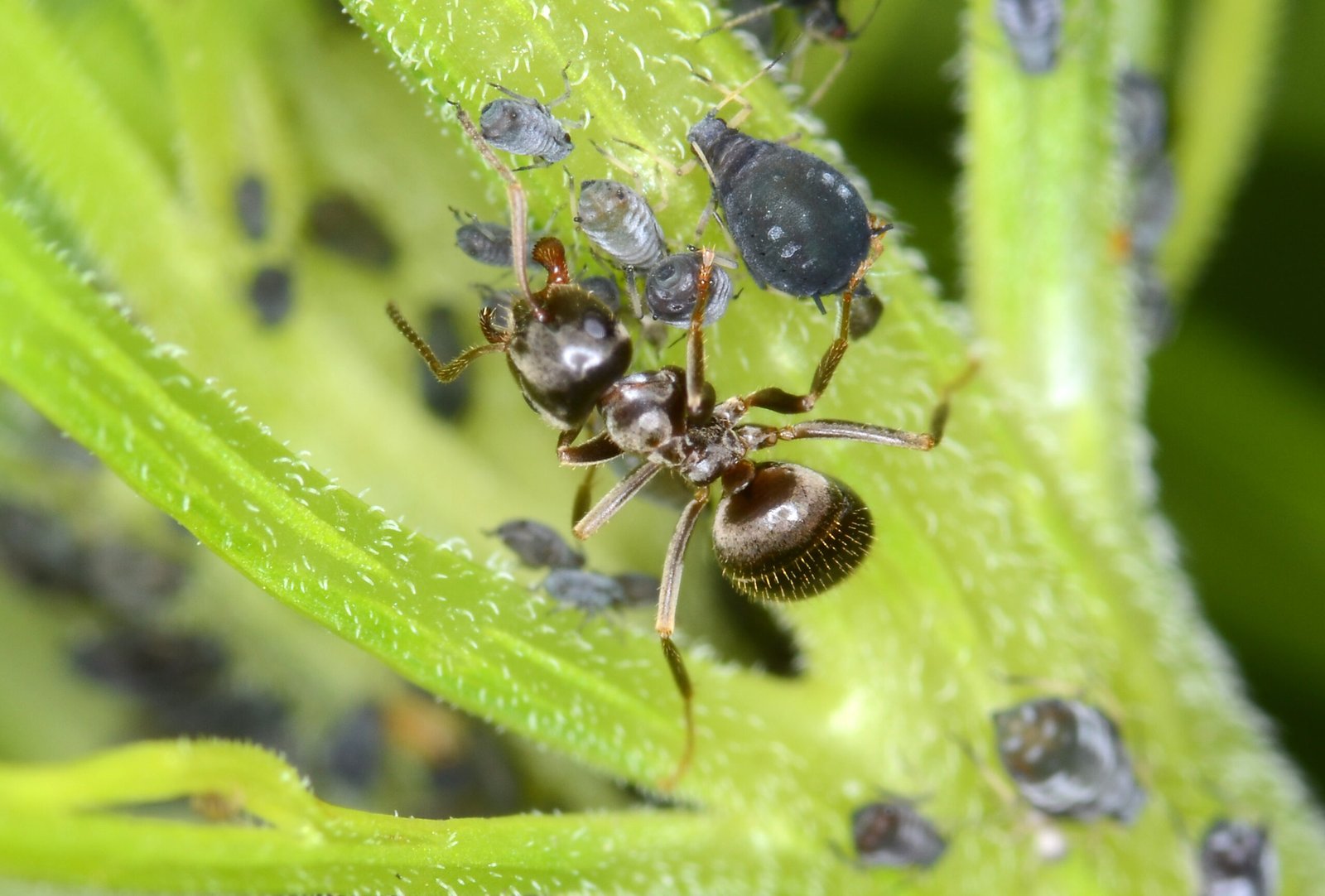
The phenomenon of ant-aphid farming isn’t limited to one corner of the world—it’s found on almost every continent. From European forests to Asian grasslands and North American gardens, ants everywhere have learned the art of aphid husbandry. Different climates and plant types shape the specifics of the relationship, but the core principles remain the same. This global spread speaks to the evolutionary success of the partnership, as both ants and aphids adapt to new environments and challenges. It’s a testament to nature’s ingenuity and the universal appeal of cooperation in the struggle for survival.
Evolution of the Ant-Aphid Partnership
The ant-aphid relationship has deep evolutionary roots, stretching back tens of millions of years. Fossil evidence suggests that ants and aphids may have been co-evolving since the age of the dinosaurs. Over time, the partnership has grown more specialized, with some ant and aphid species becoming almost entirely dependent on each other. This long history has allowed for the development of intricate behaviors and adaptations that cement their bond. The evolutionary dance between ants and aphids is a story of gradual refinement, where each generation brings new twists to the agricultural saga.
Impacts on the Ecosystem
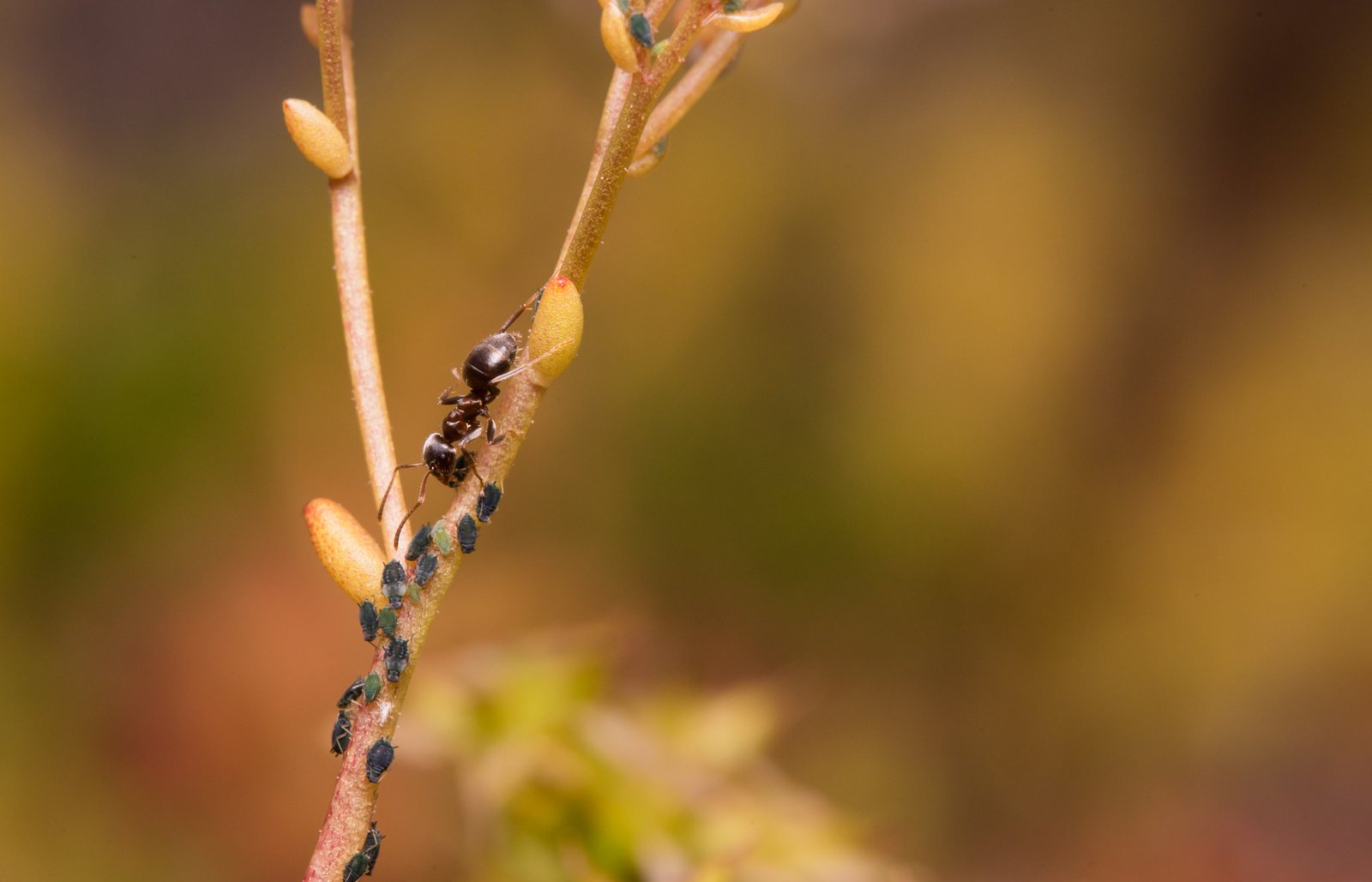
The presence of ant-tended aphid herds can have significant effects on the surrounding ecosystem. By protecting aphids, ants can allow their populations to explode, sometimes to the detriment of the plants they feed on. This can lead to imbalances in local insect communities, as predators are kept at bay and plant health suffers. On the other hand, ants’ activities can also aerate soil, disperse seeds, and control other pests, offering benefits to the broader environment. The ripple effects of ant-aphid farming highlight the interconnectedness of life and the complex consequences of even the smallest interactions.
Fascinating Adaptations: From Shelter Building to Herd Relocation
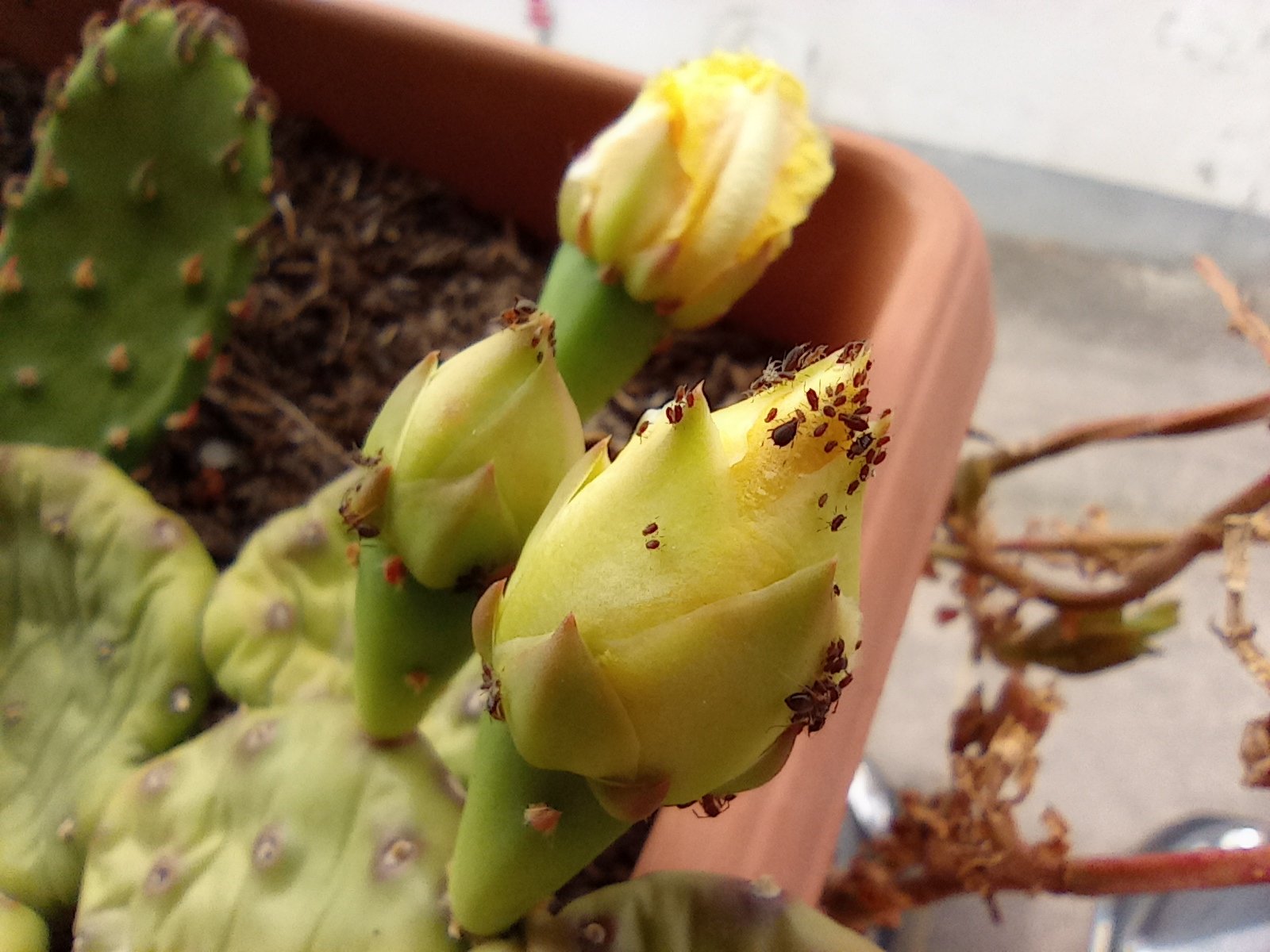
Ants have developed a toolkit of fascinating adaptations to support their aphid herds. Some species construct shelters out of leaves, twigs, or soil to protect aphids from rain and predators. Others are expert movers, transporting aphids to fresh shoots or underground refuges when conditions change. These adaptations allow ants to maintain a stable supply of honeydew in changing environments. The creativity and resourcefulness displayed by these tiny insects are nothing short of astonishing, rivaling the ingenuity of human farmers and shepherds.
Human Lessons from Ant-Aphid Cooperation
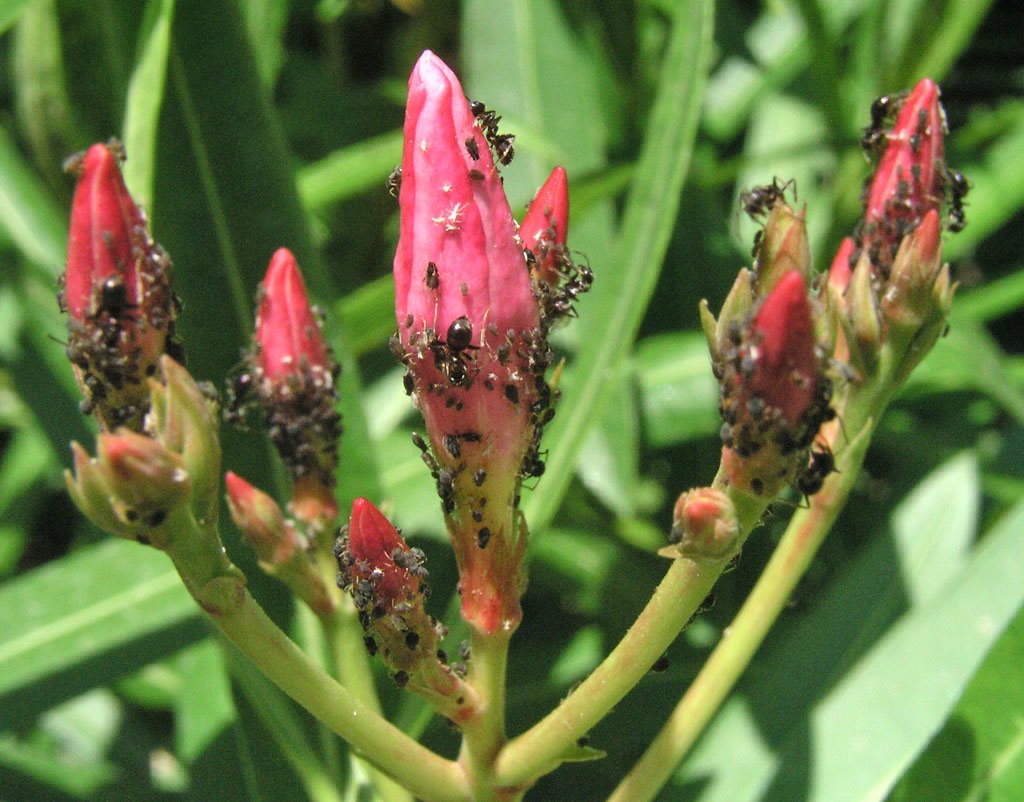
The story of ants and aphids offers surprising lessons for humans. Their partnership is built on communication, cooperation, and the careful balance of mutual benefit and control. Watching ants tend their herds can inspire wonder at the complexity of nature and the ways in which life adapts to challenges. It’s a powerful reminder that even the smallest creatures can teach us about teamwork, innovation, and resilience. The next time you see a trail of ants in your garden, take a moment to imagine the busy agricultural world unfolding just beneath your feet.
Challenges and Threats in a Changing World
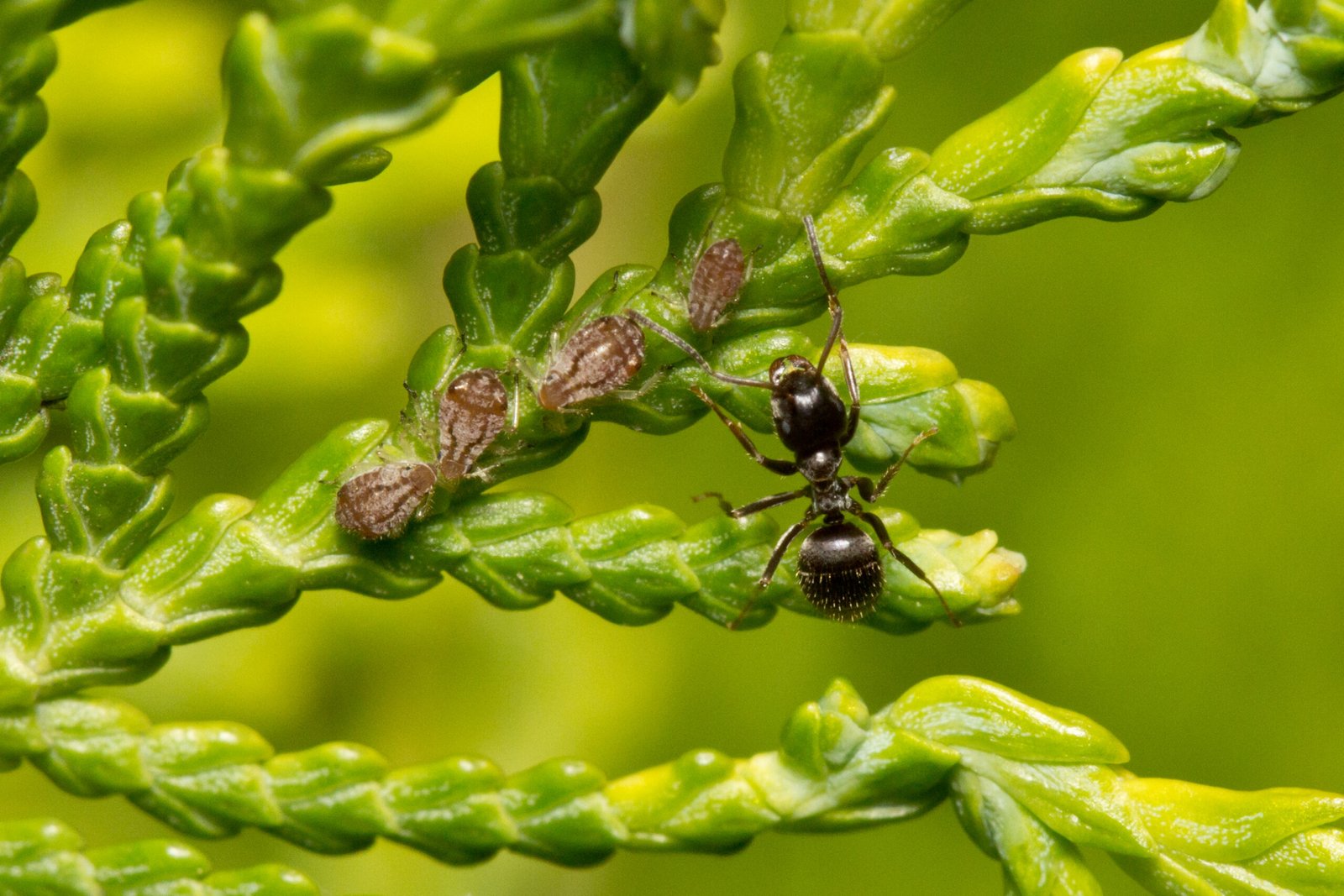
Like all creatures, ants and aphids face challenges in a rapidly changing world. Habitat loss, climate change, and pesticide use can disrupt their delicate relationship, threatening the survival of both partners. Scientists are only beginning to understand how these pressures affect the ancient dance between ant and aphid. Protecting natural habitats and reducing chemical impacts can help preserve these tiny farmers and their herds for future generations. Their continued survival is a testament to nature’s resilience and the importance of even the smallest partnerships in the grand tapestry of life.
A World of Tiny Farmers Beneath Our Feet
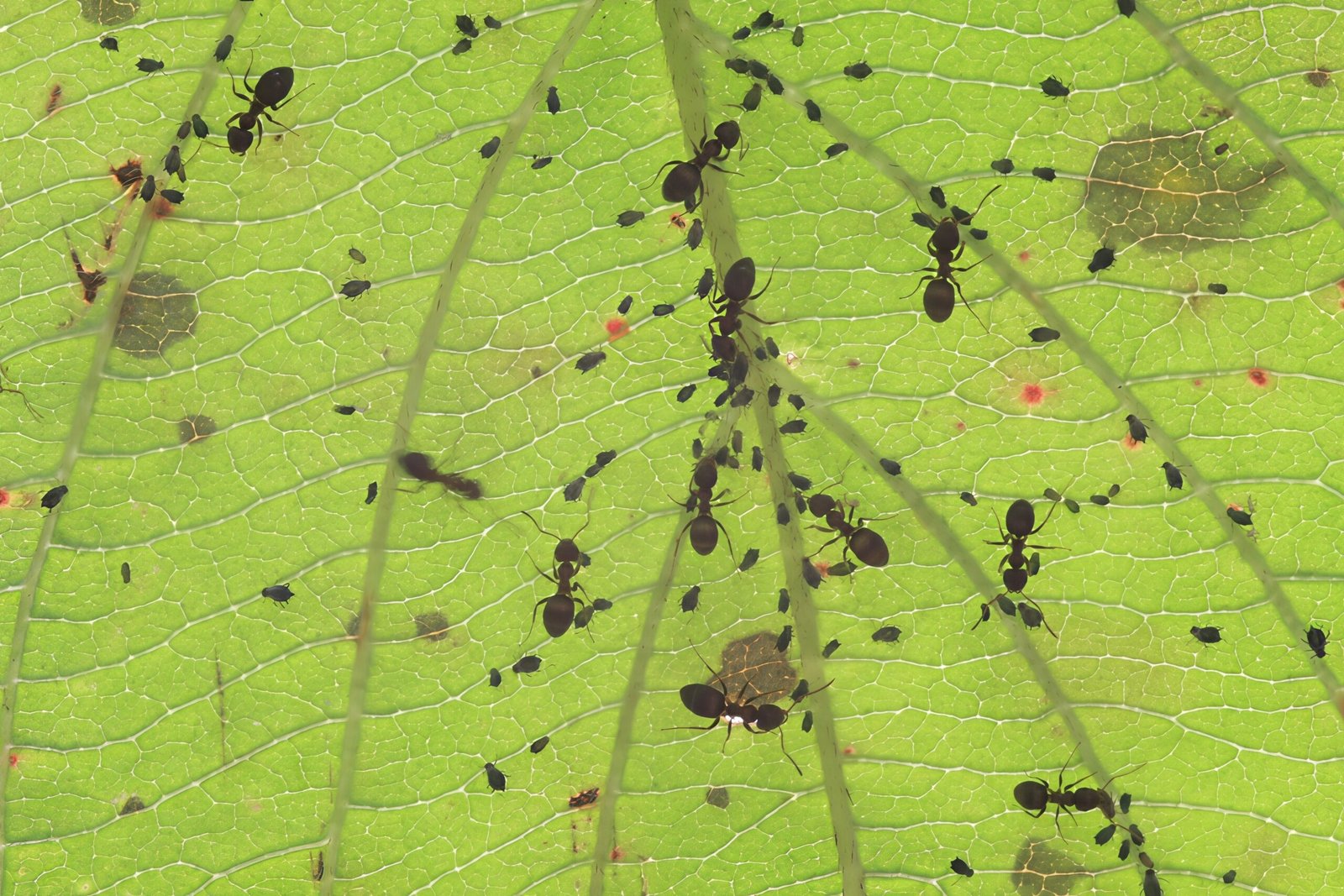
The next time you kneel to examine a plant or watch an ant scurry by, remember the secret world bustling just out of sight. Ants tending aphids, milking their herds, fighting off rustlers, and building tiny shelters—all play out daily in gardens and meadows around the world. Their story is a celebration of ingenuity, cooperation, and the marvels that can unfold when two unlikely species join forces. Isn’t it astonishing what wonders lie hidden in the grass, just waiting for us to notice?

